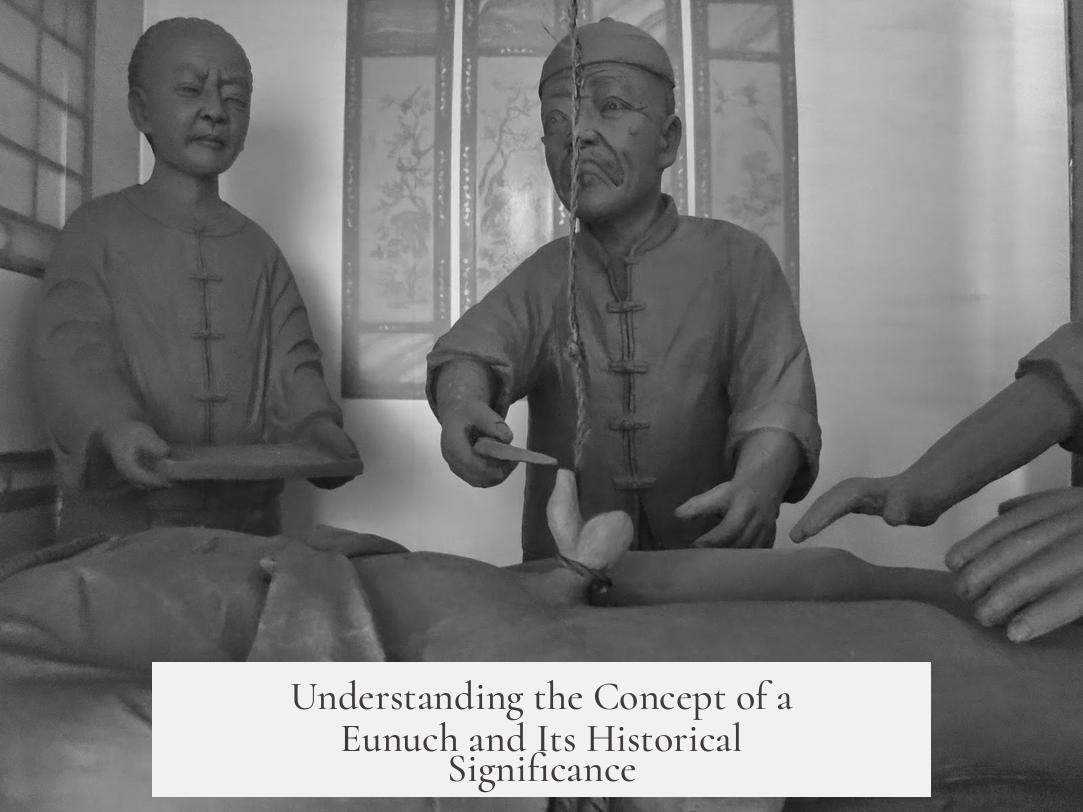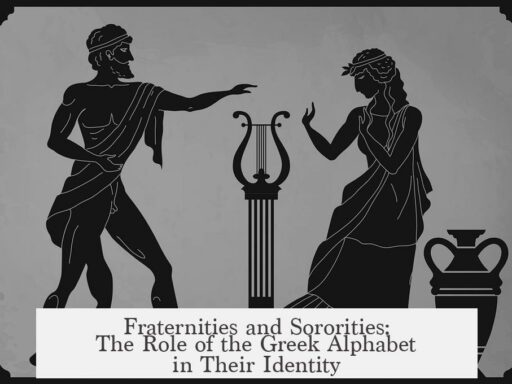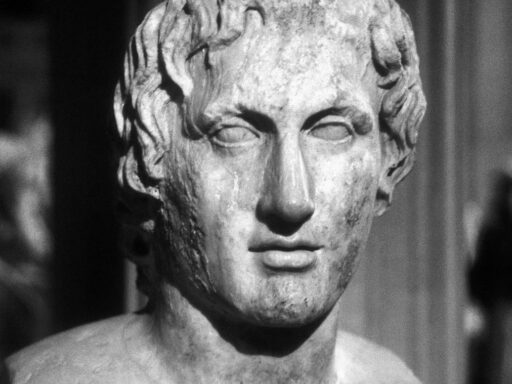A eunuch is generally a man who has undergone removal of the testicles, or in some cases, both the penis and testicles. This physical alteration defines the traditional understanding of what constitutes a eunuch.
The primary characteristic of a eunuch involves the removal of the testicles. Historically, this surgical procedure focused on extracting the testes alone. Some historical records, such as those relating to Ottoman palace eunuchs, note that both the penis and testicles were removed together. Recovery from testicle removal tends to be straightforward with proper medical care. Today, the term “castration” can refer to removal of the testicles alone or both the penis and testicles. However, in strict historical contexts, it most often meant removal of the testicles only.
The term eunuch carries broader interpretations across cultures and history. It is often used as a catch-all term spanning many distinct social and biological phenomena. These range from castrated male singers called castrati to certain priestly figures. Because the concept varies widely, no single precise definition fits all cases.
It is important to note that historical records may mislabel some groups as eunuchs. Many individuals described as eunuchs might actually have been trans women. Transgender women often dressed and lived as women, which historians sometimes misunderstood due to limited knowledge of gender diversity in past societies.
In summary:
- A eunuch is primarily defined by removal of testicles, sometimes including removal of the penis.
- The term applies variably across cultures and history, lacking a strict, universal meaning.
- The label has been historically applied incorrectly to some trans women due to misunderstandings.
What physical changes define someone as a eunuch?
A eunuch is usually defined by the removal of the testicles. In some cases, both the penis and testicles are removed. The key factor is loss of the testicles, either alone or with the penis.
Can a eunuch have both penis and testicles removed?
Yes, historically, some eunuchs had both removed. For example, some Ottoman palace eunuchs had their penis and testicles removed together, but removal of testicles alone often defines eunuchs.
Is the term eunuch limited to surgical castration?
No, the term is broader. It covers various roles and conditions across cultures, including people who underwent different types of castration or even people mistaken for eunuchs due to their roles.
Are all historical eunuchs cisgender men?
No, some individuals labeled eunuchs were actually trans women. Historians have sometimes confused gender identity with eunuch status, especially when they dressed and worked in women’s roles.
Does castration always mean removal of penis and testicles?
Historically, castration mainly meant removing the testicles. Modern use can include removal of both penis and testicles, but for eunuchs, testicle removal is the key factor.




